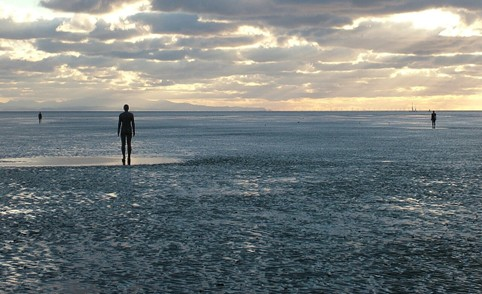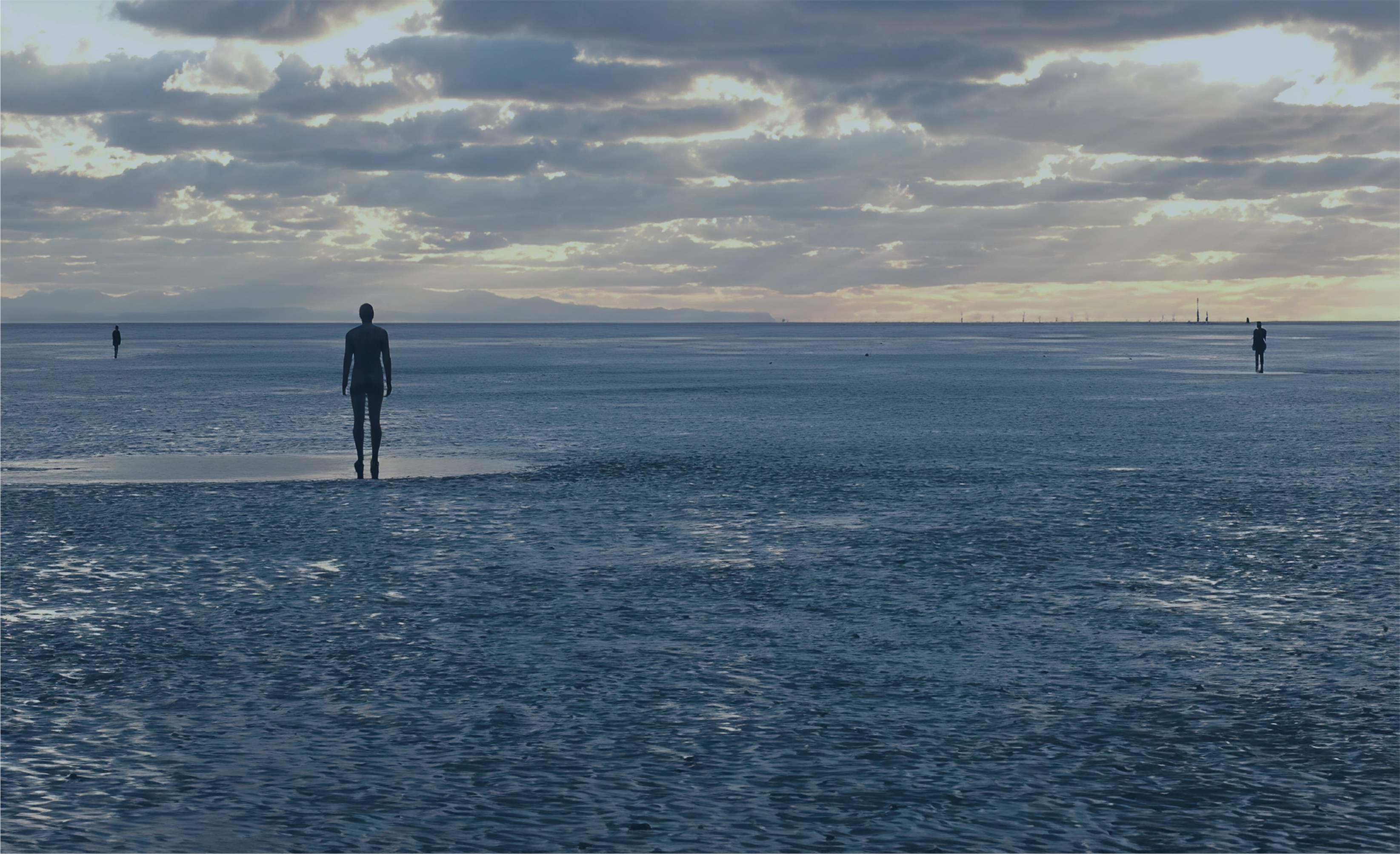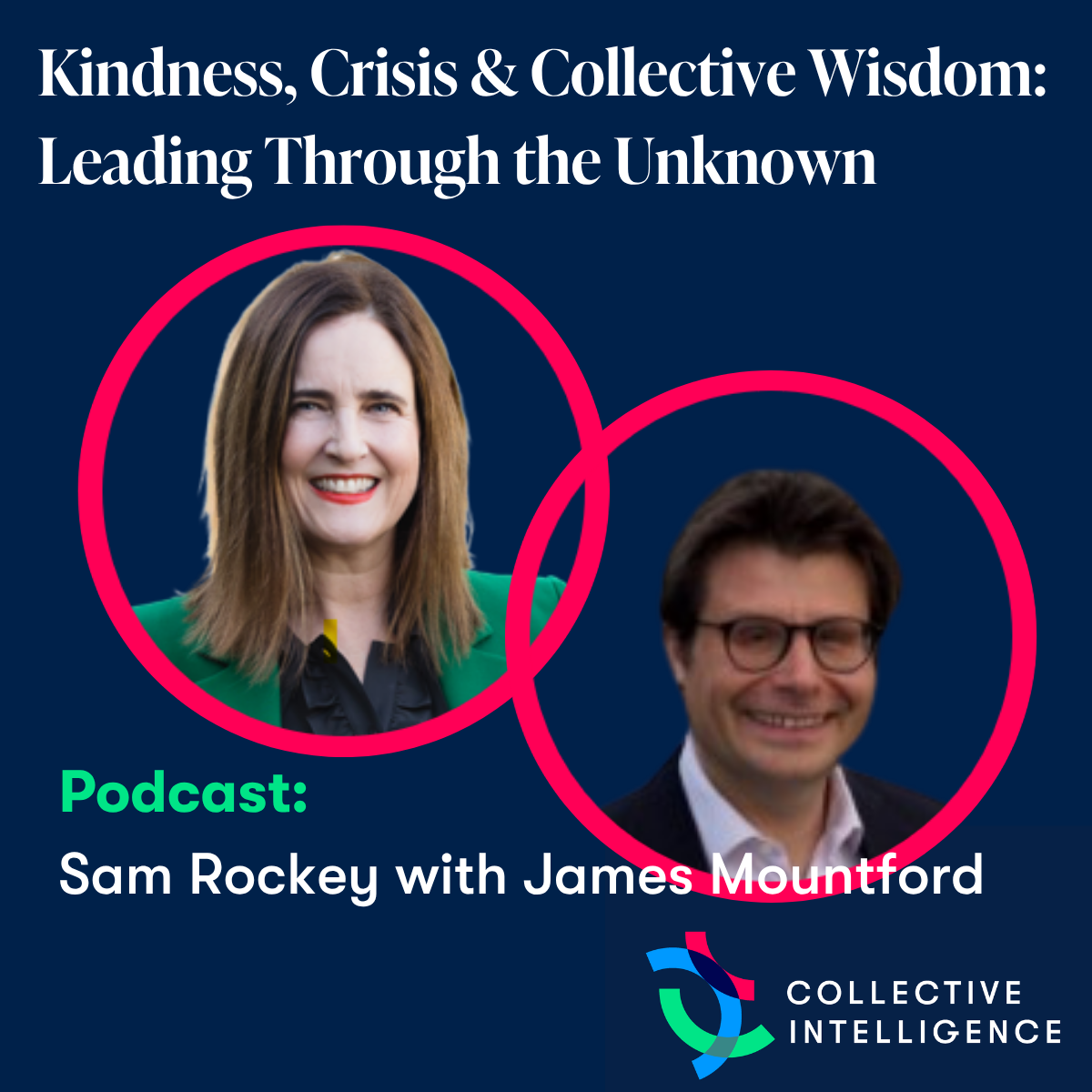Theme: Giving Shape to Your Thoughts
This month, we’re thinking about the shape of thought: different ways by which we can make visible the abstract principles that guide good business practice. It’s easy to get swept up in spreadsheets and acronyms, and to forget that principles and plans actually have to work in practice.
We now live in a highly digitised world: coins are fast becoming a thing of the past; we no longer have to send a letter to communicate across the globe; I can order groceries to my flat with the flash of a screen. But it’s important that we remind ourselves of the physical, concrete facts of life. At TH we want to put theory into practice, to create business strategies that have observable effects. For us, the hardware is as important as the software.
Thinking physically also allows us to take a step back, to breathe, to pause, to see an idea in its complete context. Only then can we start to critique the idea meaningfully.
What can we learn from the humanities?
So, how might the arts help us out, here. Thinking about how ideas become embodied, made physical, and live in context, leads us naturally to sculpture. This is the truly 3D artform: it adds something concrete to the world and expresses what might otherwise be an abstract thought in tangible form.
Take a look at the sculpture below. And, before you read on, take a moment to pause and think about what the shape, the context, and atmosphere suggest to you.

You might, at first, assume these are people. But they’re in fact cast iron figures, designed to stand in static defiance on Crosby Beach, subject to the contingencies of the tide and time. The figures have been stationed there since 2005, and were made permanent in 2007, and have since become weathered by the elements and covered in barnacles. When the tide’s in, they become submerged in freezing seawater.
The figures themselves are very beautiful and demonstrate how form might enact a moment of stillness as perseverance, but they also show the importance of an idea’s context. It is a public place, but by turns it becomes inaccessible, as the ocean sweeps in. Moreover, the figures are positioned in relation to each other over a great distance, which suggests a certain sense of isolation, but that such isolation can also be overcome by allowing breathing-room.
There is a simplicity about these sculptures that allows us to see clearly what otherwise would be hard to express. In the business world, too, giving definite shape or prototyping complex ideas makes them easier to understand, to assess and implement.
Who made this?
You may well recognise the figures above, because the sculptor specialises in the use of big, public spaces. If you’ve driven to Newcastle in the UK recently, you’d have seen another of his extraordinary monoliths, the Angel of the North.
This is the work of British artist Sir Anthony Gormley.
Taking his lead from other sculptors like Barbara Hepworth and Henry Moore, Gormley likes to bring art to the public, creating both large and small installations up and down the UK. His works often have a contemplative stillness about them, which might teach us, too, to slow down and take stock.
He expresses highly complicated ideas with simple – often human – shapes. Working mostly in metal, Gormley also reminds us of the purpose of physicality, and heft, and the importance of giving abstract ideas a meaningful place in society and of making things that last.
The world is full of carefully designed objects – and usually we don’t notice. Look at the phone in your pocket, for instance: someone has spent a lot of time creating that very definite shape. A sculpture reminds us that good thinking is done simply, contextually, and with serious presence.









.jpg)


















.png)













.png)







































.png)





















